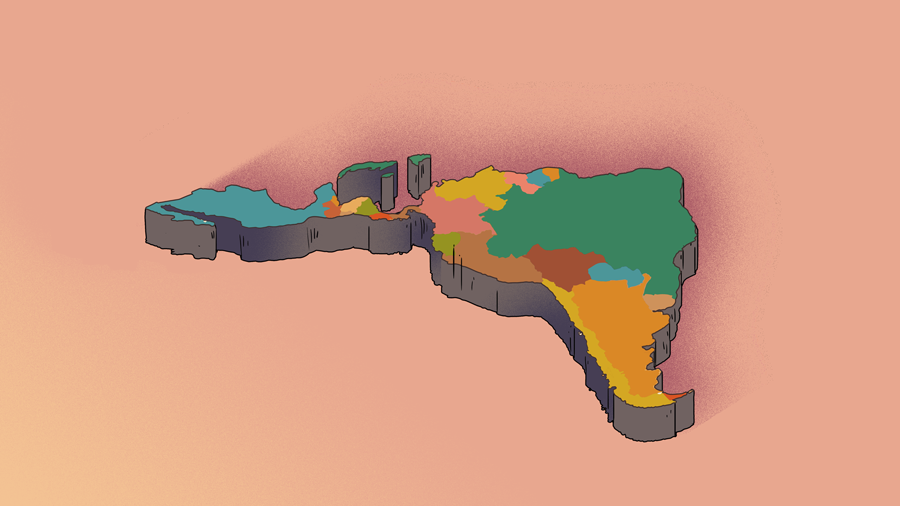RIO DE JANEIRO, BRAZIL – The United States will begin “as soon as today”, Thursday, the shipment of millions of vaccines against covid-19 to countries “with immediate needs” in South America, Central America, Africa, and Asia.
This was stated at a press conference by White House spokeswoman Jen Psaki, who specified that “there are 25 million doses that will go out as soon as possible, very quickly, some of them will even go out as early as today”.
The Biden Administration announced the destination of 31% of the 80 million doses it has pledged to distribute worldwide, part of which will be directed to the region. The amount each country will receive is not yet known.
U.S. President Joe Biden had previously announced in a statement his plan for the global distribution of the vaccines, which includes the first batch of 6 million doses destined for South and Latin America.

6 MILLION TO SOUTH AND CENTRAL AMERICA
Biden assured in the note that the U.S. does not share “to obtain favors or concessions”, but rather to save lives and “lead the world in putting an end to the pandemic”.
According to the White House, in the Americas, the vaccines will be distributed among Brazil, Argentina, Colombia, Costa Rica, Peru, Ecuador, Paraguay, Bolivia, Guatemala, El Salvador, Honduras, Panama, Haiti, and other Caribbean Community (CARICOM) countries, as well as the Dominican Republic.
The doses will reach these nations through the Covax initiative, the World Health Organization (WHO)-backed effort to purchase and distribute vaccines to low- and middle-income countries.
OTHER REGIONS AND “PARTNERS” ALSO FAVORED
In addition to the Latin American region, 7 million vaccines will go to Asia, 5 million to Africa, and another 6 million to U.S. partners.
“As long as this pandemic lingers anywhere in the world, the American people will remain vulnerable; and the United States is committed to bringing the same urgency to international vaccination efforts that we have demonstrated at home,” Biden argued in the text.
According to her spokesperson, Symone Sanders, U.S. Vice President Kamala Harris called Mexican President Andres Manuel Lopez Obrador on Thursday to tell him that Washington will soon share vaccines with the country.
Mexico, according to Biden, will receive these vaccines because it is a “partner and neighbor” of the United States.
In addition to Mexico, the U.S. president cited Canada, India, and South Korea as “partners” in his statement.
Harris also spoke Thursday in separate calls with Indian Prime Minister Narendra Modi, Guatemalan President Alejandro Giammattei, and Caribbean Community (CARICOM) Chairman and Trinidad and Tobago Prime Minister Keith Rowley.
SHOW OF LEADERSHIP
This will be the first time that the U.S. will share with the rest of the world vaccines approved for domestic use -those of Moderna, Pfizer, and Johnson & Johnson-, since it had previously announced the shipment between May and June of 60 million doses from AstraZeneca, which has not yet received the approval of the U.S. regulators.
On this decision, Biden considered that “strong American leadership is essential to end this pandemic now and to strengthen global health security for tomorrow, to prevent better, detect and respond to the next threat.”
“The United States will be the global vaccine arsenal in our shared fight against this virus,” he added.
These 25 million doses with which the U.S. launched its global distribution plan Thursday are part of the 80 million vaccines it intends to share with other countries in the coming weeks.
In contrast, the timing coincides in the United States with a slower rate of vaccination of the country’s population, which is being encouraged with prizes and lotteries to attract Americans to inoculation centers.
Globally, there is great inequality in the distribution of vaccines. For example, the abundance in the USA contrasts with the shortage in India, the current epicenter of the pandemic.
Specifically, 87% of the doses have been administered in high and middle-income countries, while impoverished nations have received only 0.2%, according to WHO data from April.

